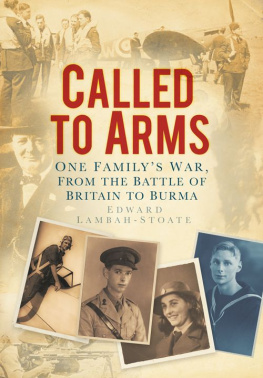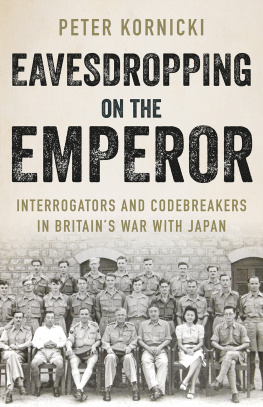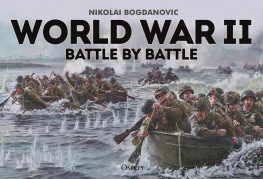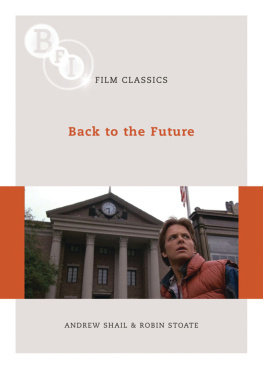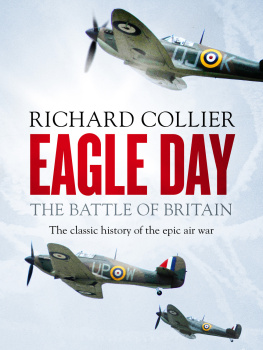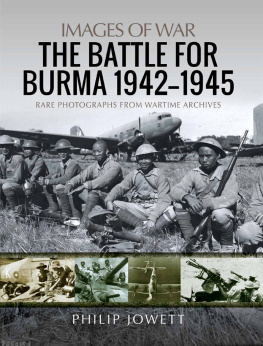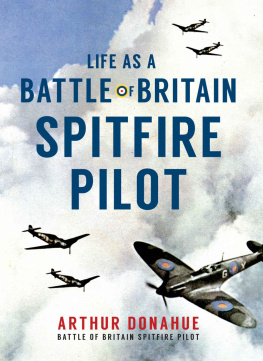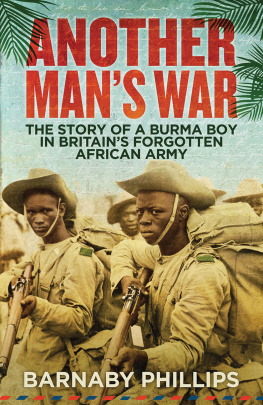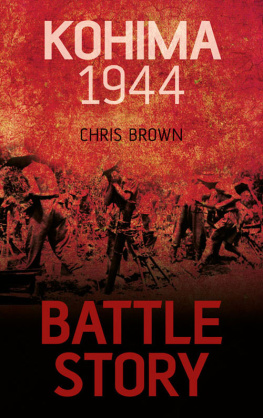To my wife Kitty, and to all those men and women
who understand the meaning of loyalty and duty.
CONTENTS
I would like to thank Jean Roberts who sowed the seed for this book, Rodney Scrase who warmly introduced me to many people who knew and flew with Roy Hussey, and Alistair Donald at the Royal Marines Museum, Eastney. Also all those long suffering and interested people at the National Archives and the Imperial War Museum who were so unfailingly enthusiastic and helpful, Stuart Cruse who produced my maps and David and Geoffrey Stoate who not only gave me material help but moral encouragement as well. Last but not least, many thanks to Angus Mansfield who introduced me to his publishers, and Shaun Barrington at The History Press who encouraged me onward.
THE PRINCIPAL MEMBERS OF THE FAMILY WHO SERVED
Jack (Arthur Donald) Stoate. The authors father. Transferred from the Home Guard to the Royal Marines.
Betty Hussey. The authors mother. Served in the Womens Land Army.
Roy Hussey. Fighter pilot.
Tom Stoate. RAF doctor.
David Stoate. Lieutenant in the Honourable Artillery Company and prisoner of the Japanese.
Norman Stoate. Naval rating and later commander of a fast patrol boat.
Geoffrey Stoate. Royal Observer Corps.
I met Edward Lambah-Stoate a little while ago now, at a wedding. I recall us having an interesting chat about a little local difficulty that we at the Royal Navy were having at the time namely, the recovery of one our destroyers that had hit some rocks in the Southern Ocean. It was with pleasure and I might say some surprise that after all these years Tony Mather, a mutual friend, contacted me to say that Edward had written a book about the Second World War and would I consider writing a foreword?
There are of course many books about the Second World War but with the passing of time those actually involved in that struggle become fewer and with a refreshingly light touch Edward has successfully managed to embody many personal reminiscences from those survivors yet maintain an authoritative structure to entertain and educate the reader. At times we are asked to hover above the daily activities of members of the family and at others it is precisely those daily experiences that captivate and enthrall. Inevitably, the story is sometimes heartrending but happily it often provides amusement. In all we are provided with a well crafted, almost complete picture of that conflict. The only notable gap in theatres not served in by the family is the North Atlantic.
What marks this work out from most is that although there are many books about individuals or even groups of individuals, this book tracks the war experiences of a single family or more correctly two families that were joined by marriage. Almost as if it were set up for future readers, the members of the family served in all the services, Royal Navy, Royal Marines, Army and Royal Air Force. We are also let into the workings of the home front, by way of the Home Guard and Womens Land Army, and the invaluable work of the Royal Observer Corps in protecting our island shores.
It must be rare indeed to see a single family so widely represented across the services and across the main theatres of war having a descendant with the enthusiasm and skill to inform and entertain us in the same breath. We move from the Indian Ocean, to the Eastern and Western Mediterranean, Home Waters and D-Day and on to the Baltic, sailing in Capital Ships and what the author calls the Small Ships War. We endure gruesome years of captivity on the BurmaSiam Railway under the Japanese as well as life in the RAF through the eyes of a well decorated fighter pilot ace and contrastingly through those of a frontline doctor in North Africa, Sicily and Italy.
This book is a timely reminder that todays conflicts are vastly different. There is no front line hardly a visible enemy. Our forces are thin on the ground yet if we get it wrong, the effect could be as far reaching as failure would have been against Nazi oppression. The major difference between then and now is that then every family was touched in one way or another today we can pretend we are not.
The research that has gone into this book which might otherwise have remain buried has, I am told, been very informative to the surviving members of the family, made more poignant by the intervening death of three veterans of 72 Squadron with whom the author spent some time. It is a sad reminder that first-hand accounts of those days are slipping away from all of us.
From my years of service as a regular officer, I can acknowledge the debt that we all owe those ordinary civilians who became servicemen as volunteers or by conscription; it should never be underestimated, but at the same time we should never undervalue either those regulars whose job it was to train and organise this vast, eclectic mass of individuals to fight for their nation as never before.
Admiral Sir Jonathan Band GCB DL
1
A birthday celebration opens a window on the past
My uncle, Tim Hussey, was celebrating his 80th birthday in the Black Horse Inn Mangotsfield, near Bristol, just down the road from the Folly Inn where he and his siblings were brought up. During the evening a woman came up to me and said, You dont know who I am, do you? I replied that I knew exactly who she was (and I did) but that I couldnt remember her name. Jean Roberts (that was her name) and I struck up a conversation. Nine months or so later, Jean and her husband Lloyd presented me with several newspaper cuttings, postcards and letters concerning my uncle Roy Hussey, many of these clippings I remember having seen as a small boy in a box of my mothers, but these had been lost after her death in 1972. I was thrilled.
As we got talking, she and he husband Lloyd (who had been at Chipping Sodbury Grammar School with Roy) told me where Roys grave was located, at Coxley just south of Wells. Close to Armistice Day in November 2005 my wife Kitty and I went down to look at the churchyard and at my wifes suggestion we put a small cross and poppy on the grave with the name Edward Hussey (my mothers maiden name) and my mobile phone number on the back.
Three months later my phone rang and a voice said, Is that Edward Hussey? I replied that it was (knowing that the caller could only have that name from the poppy my wife and I had left at Roys grave) and so I was introduced to Rodney Scrase, a veteran fighter pilot of the Second World war who had flown in 72 Squadron with my uncle and who still made an annual pilgrimage to Roys grave from his home in south London.
I had a rough idea of my uncles and parents war. Roy I knew to have been a decorated fighter pilot in North Africa and Italy; but now I had a rich source of new information and so the germ of an idea to write this book was sown.
Hubert Hussey and Nellie Herniman were married in early 1920. Nellie was the eldest of seven children of Edwin and Alice Herniman. Edwin must have been an adventurous spirit. Some time before 1900, he took a job as a herdsman for cattle being transported from England to Canada. The herd having been delivered and Ernest paid off, he went in search of gold and found sufficient to buy Littlewell Farm and later Greystones in Coxley just south of Wells, Somerset, and there he fattened beef and sold it in his butchers shop at 1618 Queen Street, Wells.
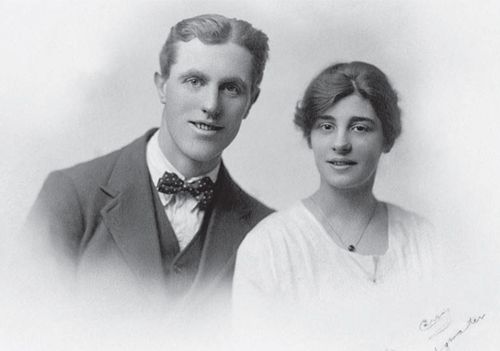
Hubert and Nellie Hussey. (Author)

Next page
